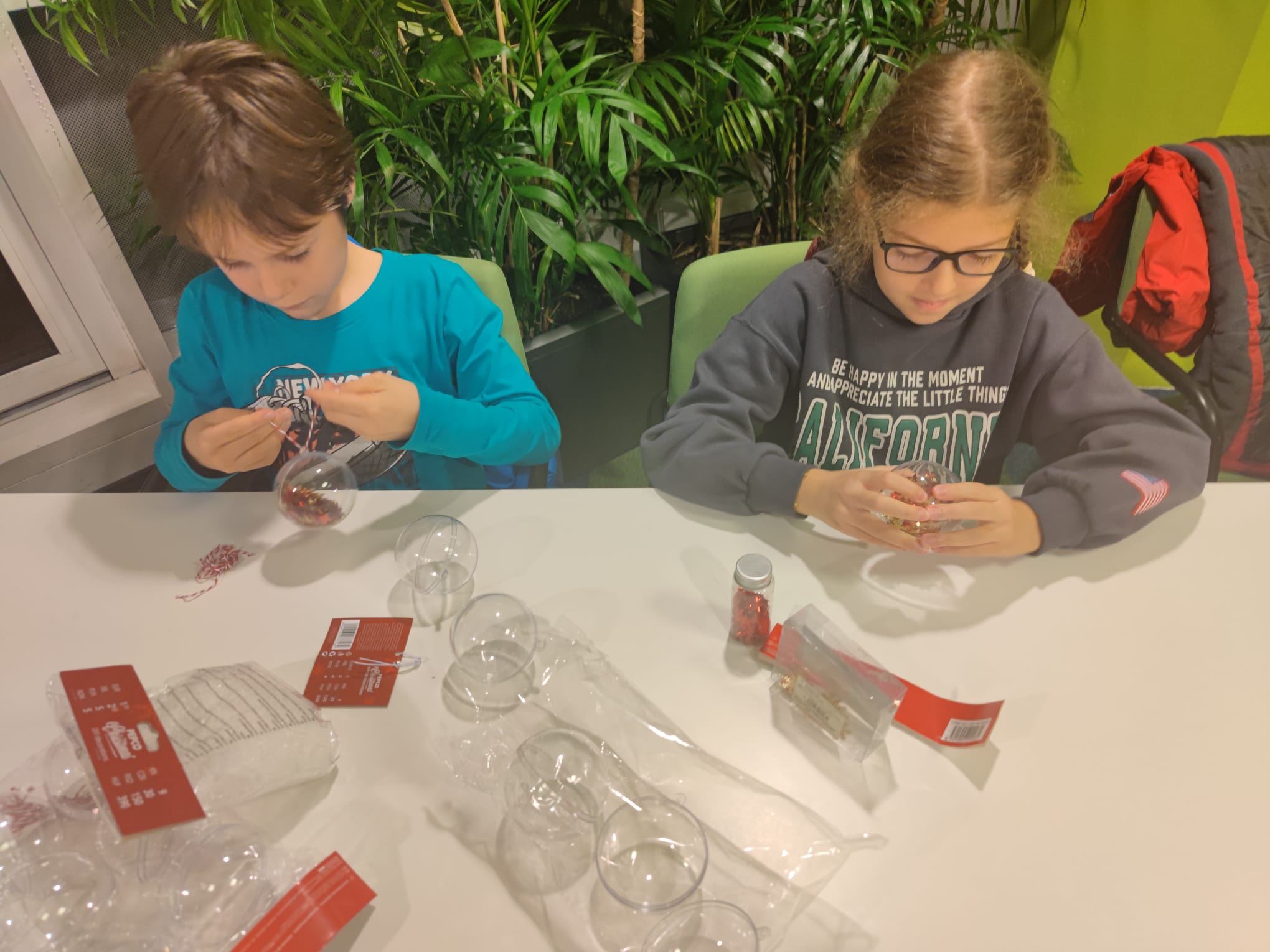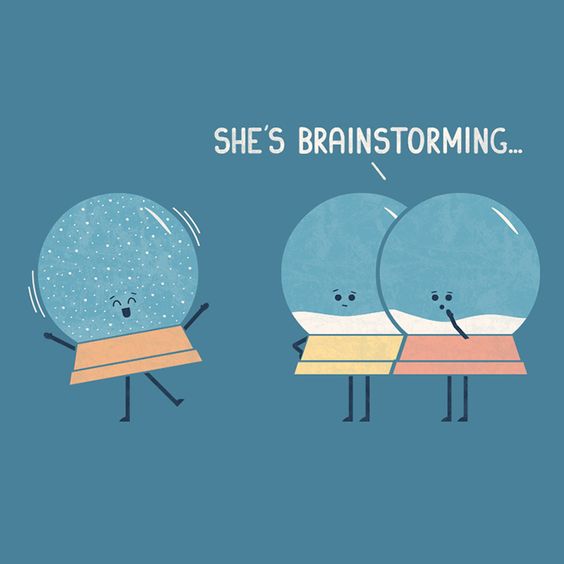
Shh...it's raining with creative ideas!
Careful! Careful! Careful!
We are excited to venture into the realm of creativity and ingenuity and tell about brainstorming, a valuable concept that shines a light on the power of ideas and underscores the unimaginable creative capacities each of us can harness.
Are you ready to dive into an ocean of ideas?
Everything that surrounds us, everything that humans could ever develop, is basically built from an idea. Books, movies, music, art, technology, medicine, school, monetary system, vehicles, delicious food recipes, everything that surrounds us, object or activity, institution or consumable product, was before anything, someone's idea.
We need creative ideas to evolve as human beings, to form opinions, to be able to express ourselves and to push the wheel of progress forward. At the micro level, the ideas you cultivate might help you solve a problem, but at the macro level, ideas are what shape cultures and influence entire generations.
Where do ideas come from?
Our brain feeds on stimuli and information and manages to make a series of interesting connections between previously accumulated and new information, allowing creative ideas to emerge.
When we read, watch documentaries, and listen to podcasts, we learn how people in the past saw the world, discover the perspectives of people from different corners of the planet today, and understand how each of us can help shape the world we live in.
Generating creative ideas is not an innate quality, but emerges from constant practice. Thomas Edison, the great American inventor, once said, "To have a great idea, you must first have a lot of smaller ideas."
So what is brainstorming?
Brainstorming is an activity of coming up with new ideas, suggestions and solutions to certain problems and situations. Most of the time, brainstorming takes place within a team, in groups or pairs, but it can also be applied individually, for situations that are only related to personal decisions.
Brainstorming: the pill of history, from the past to the present
In the 1940s, in the United States of America, there lived an advertising executive named Alex. F. Osborn. His job and that of the team he had built was to sell as many products as possible through interesting, compelling and creative advertisements.
However, on their own, no team member could generate an ad idea compelling enough to ensure sales success.
To solve this problem, Osborn decided to gather his employees in groups to think together, instead of each of them working alone, and asked them to approach a problem and start suggesting and writing down, any idea related to the given situation. A key principle in these working sessions was not to judge the ideas of others, free thinking was encouraged, without the existence of categories good ideas and bad ideas.
 Photo source: www.boredpanda.com
Photo source: www.boredpanda.com
Here are more techniques for using brainstorming
The first step when we want to use this creative method is to set very clearly in our mind what is the problem we are trying to solve or what is the main idea, the goal that we do not yet know how to approach.
Ideas literally make up everything around us. We enjoy everything that makes our lives easier thanks to the ideas of millions of people. While we don't necessarily need to invent a new washing machine or build a rocket that can travel to Jupiter in 10 hours, we certainly need to learn to structure our thinking better, to do well in our academic and professional lives, as well as in our personal lives.
That's why generating ideas is a necessary skill for both children and adults. Whether we choose to write the ideas down in a list, draw them in a grid and connect them together, or ask questions, our minds will generate impressive ideas.
*Article written by Veronica Dunga, KEN Academy trainer.
